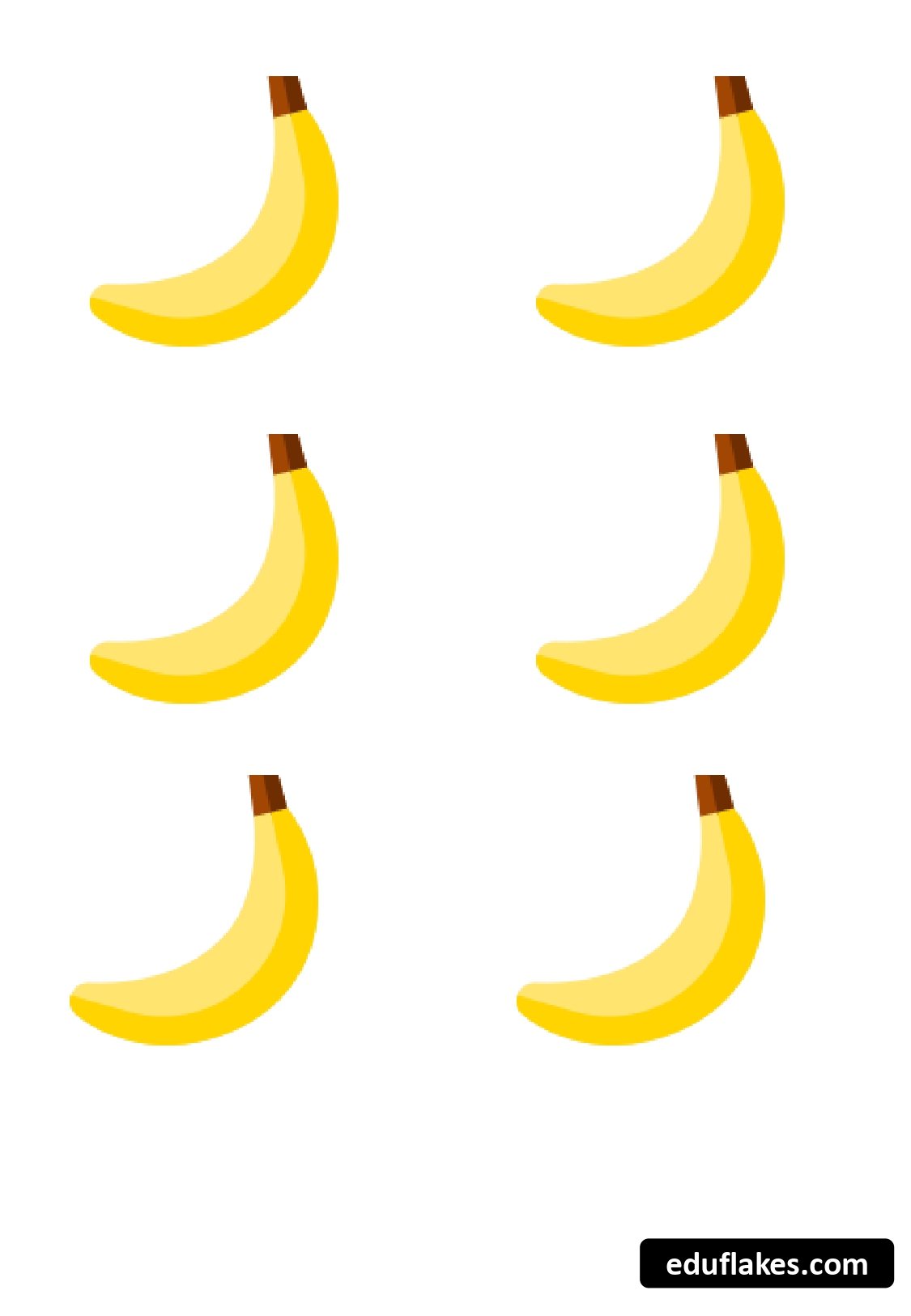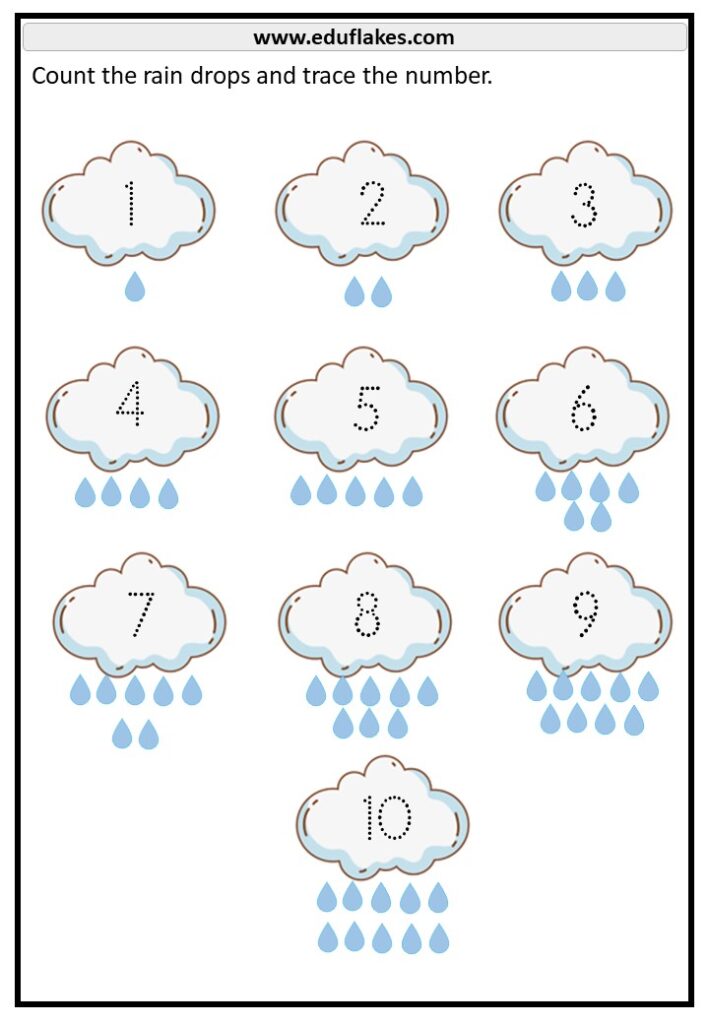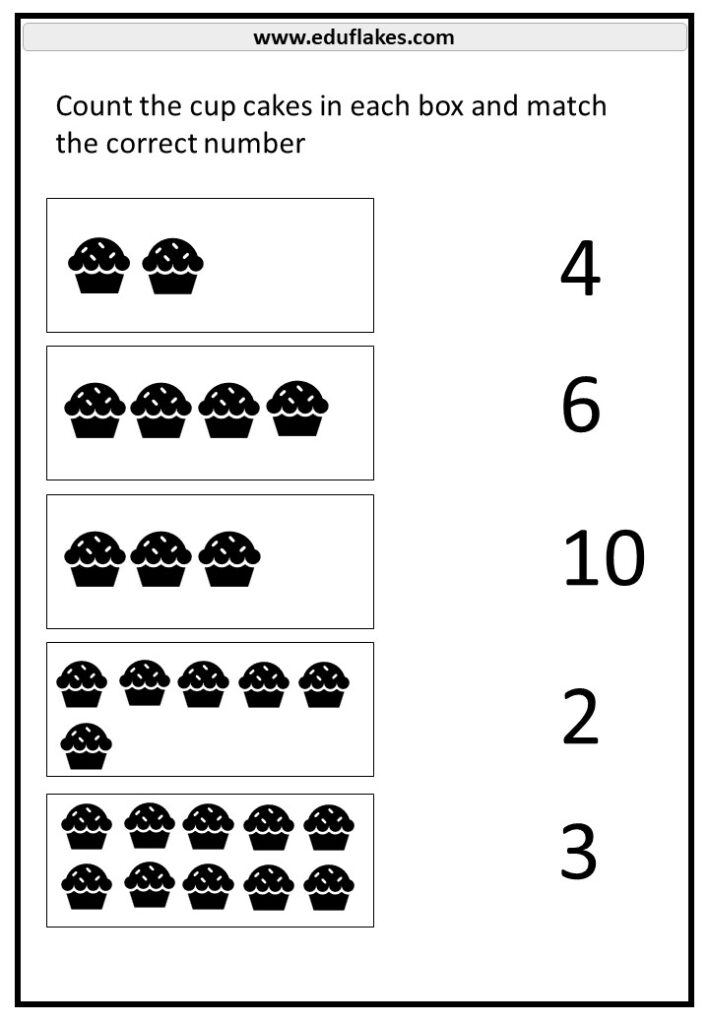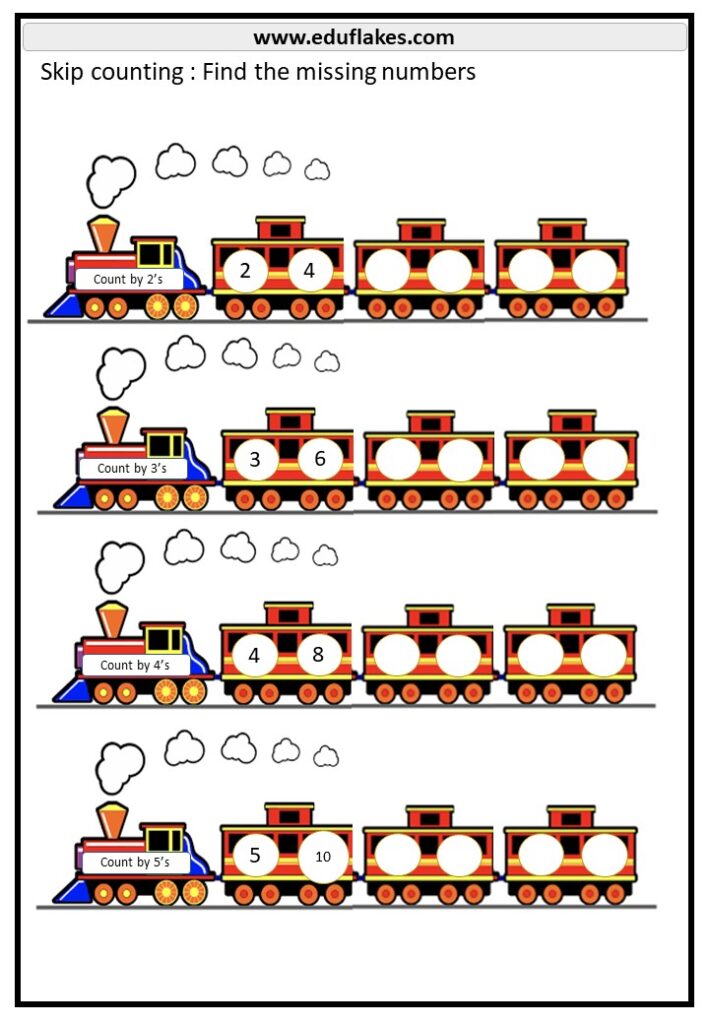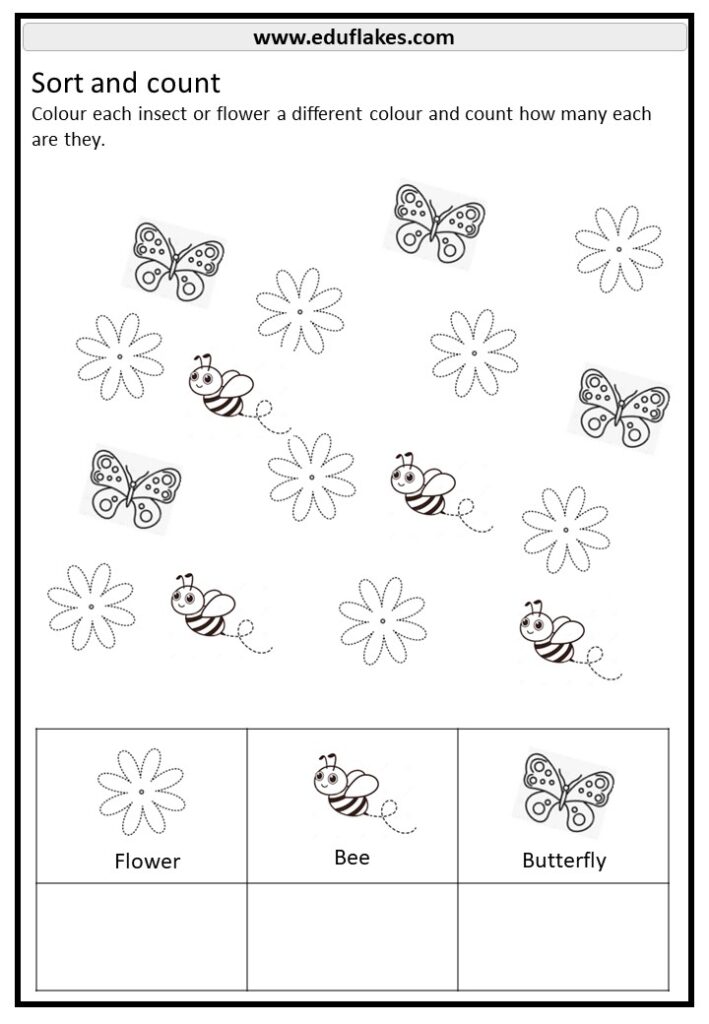Feed the monkey counting game
Feed the monkey counting game
How to Effectively Use the Monkey Counting Game in Your Classroom
Introduction
Interactive learning tools are crucial in early childhood education as they lay the foundation for a child’s cognitive, social, and emotional development. One such tool is the monkey counting game, a fun and engaging activity that helps young learners develop their counting and number recognition skills. This article will guide you through the process of implementing this resource in your classroom, detailing its benefits, the steps involved, and tips for maximizing its educational impact.
The Importance of Interactive Learning
Before diving into the specifics of the monkey counting game, it’s essential to understand why interactive learning is so important for young children. At the kindergarten level, children are not just absorbing information; they are developing the skills they will use to process and apply knowledge throughout their lives. Interactive games and activities make learning more engaging and enjoyable, which in turn makes it more effective. They allow children to explore concepts hands-on, experiment with ideas, and understand abstract concepts like numbers and counting in a concrete way.
Overview of the Monkey Counting Game
The monkey counting game is a delightful and simple activity designed to help young children practice counting and number recognition. The basic premise involves students picking a number card, counting out the corresponding number of bananas, and then feeding them to a monkey. The monkey’s image is typically altered by cutting out its mouth section to make it hollow, allowing children to “feed” the bananas into the opening. This action reinforces the connection between the numerical value on the card and the quantity of bananas counted.
How to Implement the Monkey Counting Game


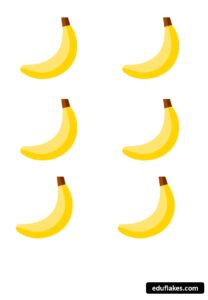

Setting Up the Game
To set up the monkey counting game in your classroom, you’ll need a few materials:
- A printed image of a monkey with a cut-out section for the mouth.
- Number cards with different numerical values.
- Small banana-shaped cutouts or objects that the children can count and “feed” to the monkey.
Begin by arranging the number cards in a pile or spread them out on a table. Place the bananas in a container nearby. The monkey image should be positioned where all the students can easily access it.
Step-by-Step Guide for the Game
- Introduction: Start by explaining the game to the students. Show them the number cards and bananas, and demonstrate how to pick a card, count the corresponding number of bananas, and feed them to the monkey.
- Engagement: Call on individual students or small groups to take turns playing the game. Encourage them to say the number aloud as they count the bananas and to double-check their counting by matching the number of bananas with the number on the card.
- Reinforcement: After each round, discuss the numbers and counting process with the students. Ask questions like, “How many bananas did you feed to the monkey?” or “What number did you pick?” to reinforce their learning.
- Variety: To keep the game interesting, consider introducing variations. For example, you could use different animals or objects to feed, or you could challenge the students to add or subtract bananas based on the numbers drawn.
Using the Game in Different Classroom Settings
The monkey counting game is versatile and can be adapted for various classroom settings:
- Math Center Activity: Set up the game as a permanent fixture in your math center. Students can visit the center during free play or structured activity time to practice their counting skills independently or with a partner.
- Small Group Activity: Use the game as a focused learning activity for small groups. This setting allows you to provide more individualized instruction and guidance, helping students who may need extra practice or who are ready for more advanced challenges.
- Large Group Game: Turn the monkey counting game into a fun, whole-class activity. You can organize it as a relay race where students take turns feeding the monkey, or use it as a warm-up or cool-down activity during math lessons.
Benefits of the Monkey Counting Game
Developing Numeracy Skills
The primary educational benefit of the monkey counting game is the development of numeracy skills. By repeatedly counting objects and matching them to numerical values, students gain a solid understanding of numbers and quantities. This foundation is crucial for future math learning, as it prepares students for more complex concepts like addition, subtraction, and problem-solving.
Enhancing Fine Motor Skills
In addition to numeracy, the game also helps develop fine motor skills. Picking up small objects like bananas and carefully feeding them into the monkey’s mouth requires coordination and control. These actions strengthen the muscles in children’s hands and fingers, which are important for writing and other tasks requiring fine motor precision.
Encouraging Cooperative Learning
When played in groups, the monkey counting game fosters cooperative learning. Students learn to work together, share resources, and take turns, all of which are important social skills. Cooperative games also encourage communication and peer teaching, as students often help each other understand the rules or solve problems during the game.
Building Confidence and Self-Esteem
Successfully completing the tasks in the monkey counting game gives students a sense of accomplishment. This boosts their confidence and self-esteem, encouraging them to take on new challenges and persist in the face of difficulties. The game’s positive reinforcement helps create a supportive learning environment where students feel safe to explore and learn.
Tips for Maximizing Educational Impact
Make the Game Engaging
To keep students interested and motivated, make the game as engaging as possible. Use bright, colorful materials, and consider incorporating themes that the children enjoy, such as animals, superheroes, or favorite storybook characters. Adding an element of storytelling can also enhance the game’s appeal.
Differentiate the Activity
Not all students will be at the same level of numeracy, so it’s important to differentiate the activity to meet their needs. For beginners, use smaller numbers and provide more guidance. For more advanced students, increase the difficulty by using larger numbers or introducing simple addition and subtraction challenges.
Integrate the Game with Other Lessons
The monkey counting game can be integrated into other lessons to reinforce learning across subjects. For example, during a lesson on animals, you could incorporate facts about monkeys and their habitats. Or, during a language arts lesson, you could ask students to write a short story about the monkey and its bananas.
Provide Positive Reinforcement
Positive reinforcement is key to encouraging participation and effort. Praise students for their hard work, and consider giving small rewards, like stickers or extra playtime, for completing the game successfully. This will motivate them to engage with the activity and take pride in their learning.
The monkey counting game is a simple yet powerful tool for early childhood education. By incorporating this interactive resource into your classroom, you can help students develop essential counting and number recognition skills, while also fostering their fine motor abilities, social skills, and confidence. With thoughtful implementation and a focus on making learning fun, the monkey counting game can become a beloved part of your classroom routine, providing countless opportunities for growth and learning.



